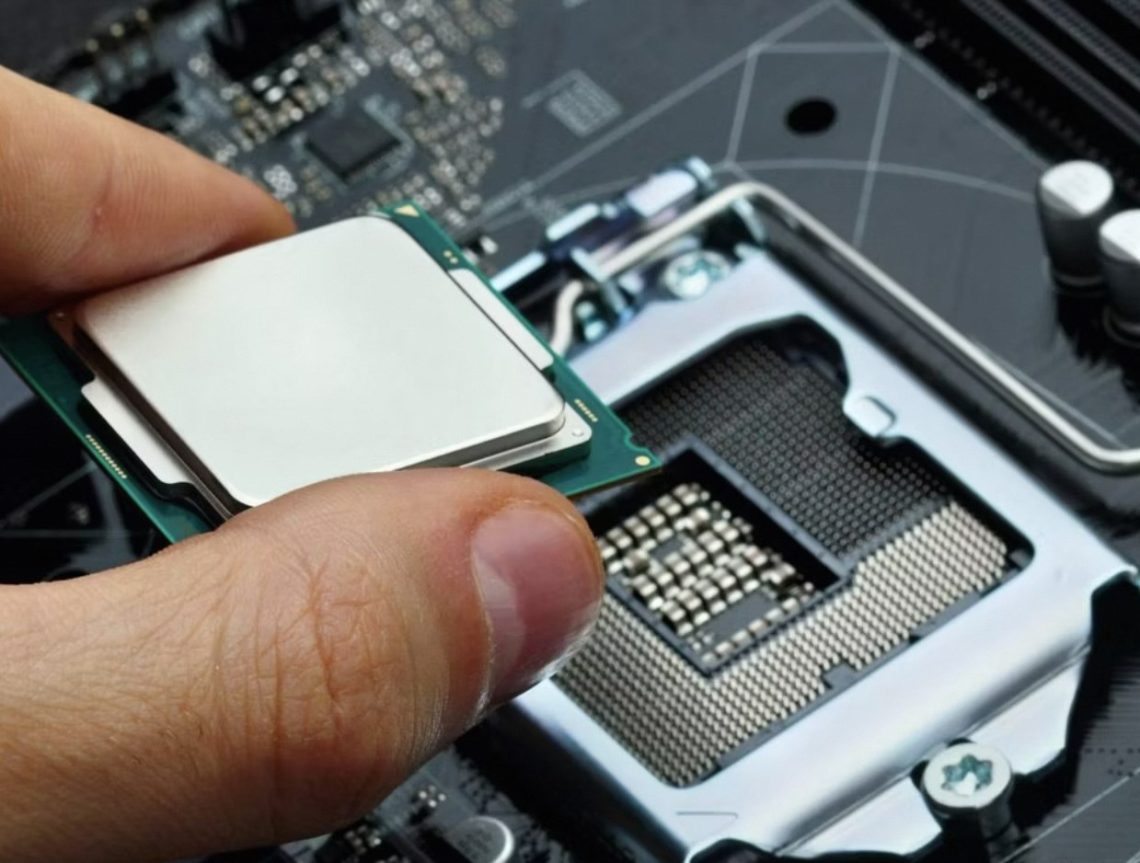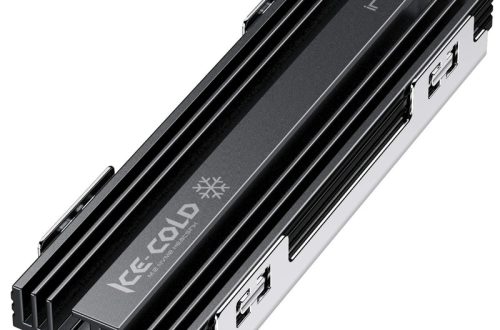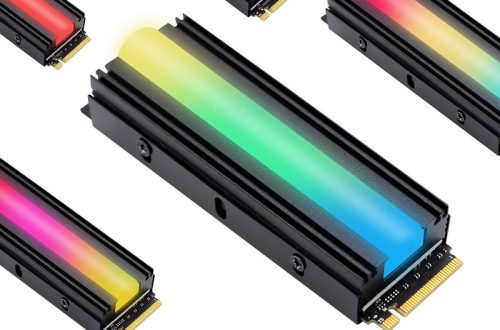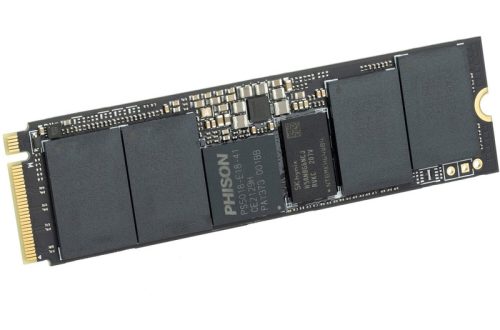Keeping an eye on your CPU usage is crucial for maintaining a smooth and responsive computer experience. High CPU usage can lead to sluggish performance, lagging applications, and even system crashes. Fortunately, there are several effective ways to monitor your CPU usage and identify potential bottlenecks. This article will equip you with essential tips for CPU usage monitoring, divided into four key parts:
Part 1: Utilizing Built-in Tools
Task Manager (Windows) or Activity Monitor (Mac):

Most operating systems come with pre-installed tools for monitoring system resources. On Windows, access the Task Manager by pressing Ctrl + Shift + Esc. In the “Processes” tab, you’ll see a list of all running applications and their corresponding CPU usage percentages. Similarly, Mac users can access the Activity Monitor through Spotlight search. This tool provides a real-time overview of CPU usage, along with detailed information about individual processes.
Performance Monitor (Windows):
For a more detailed and comprehensive analysis of CPU performance on Windows systems, consider using the Performance Monitor. This powerful tool offers the capability to create custom reports, allowing you to track CPU usage over extended periods. With Performance Monitor, you can monitor not only the overall CPU utilization but also individual cores and logical processors. This level of granularity provides valuable insights into how the CPU resources are being utilized. By analyzing historical data, you can effectively identify trends and pinpoint specific instances when CPU usage spikes or experiences fluctuations. This information can be instrumental in diagnosing underlying issues and understanding the patterns of CPU usage, which is essential for troubleshooting potential performance issues or identifying applications that are placing an excessive strain on the CPU. Leveraging the Performance Monitor enables users to gain a deeper understanding of CPU performance and make informed decisions to optimize system resources and performance.
Part 2: Leveraging Third-Party Monitoring Software

System Monitoring Tools:
Several third-party system monitoring tools offer comprehensive CPU usage monitoring capabilities. These tools often provide advanced features like customizable dashboards, historical data analysis, and alerts for high CPU usage thresholds. Popular options include HWMonitor, Core Temp, and Speccy. These tools can not only monitor CPU usage but also provide valuable insights into other system resources like temperature, fan speeds, and voltage.
Gaming Overlays:
Many gamers rely on software overlays that provide real-time CPU usage data alongside in-game information. These overlays are designed to be lightweight and unobtrusive, enabling users to monitor CPU performance during gameplay without interrupting the gaming experience. Leading options for these overlays include MSI Afterburner and NVIDIA GeForce Experience. By monitoring CPU usage while gaming, users can effectively identify resource-intensive games that may be pushing their system to its limits. This real-time data can provide valuable insights into how the CPU is being utilized during gaming sessions, helping users to identify which games are placing the most strain on their system’s CPU resources. Armed with this information, gamers can make informed decisions about optimizing their system settings, adjusting in-game graphics options, or potentially upgrading hardware to ensure a smoother and more enjoyable gaming experience. By leveraging CPU usage monitoring through overlays, gamers can optimize their gaming setups for improved performance and stability.
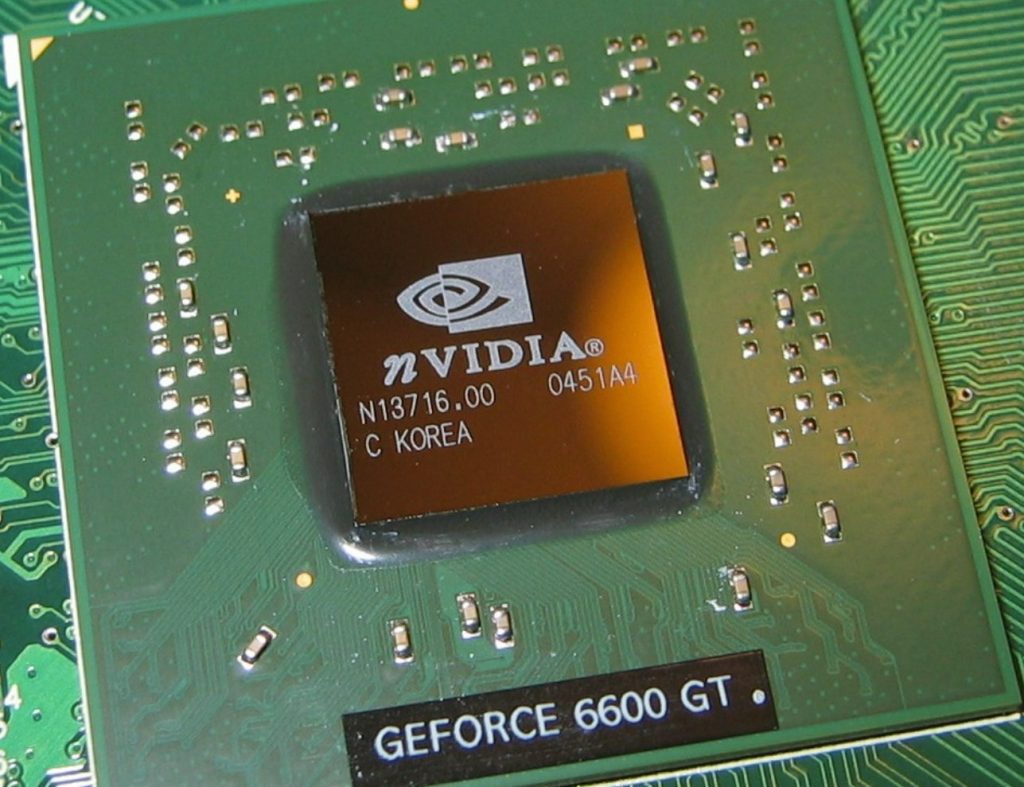
Part 3: Interpreting CPU Usage Data
Baseline Awareness:
It is crucial to have a clear understanding of your CPU’s baseline usage to interpret data effectively. Typically, when no demanding applications are running, idle CPU usage falls within the range of 2% to 10%. However, it’s important to note that this baseline can vary based on the specific hardware configuration and the background processes running on your system. By observing your system’s CPU usage during regular use, you can effectively establish a personalized baseline. This will provide you with a better understanding of what constitutes normal CPU usage for your specific setup. Additionally, being familiar with your system’s baseline CPU usage enables you to more readily identify any significant deviations or spikes in CPU usage, which may indicate potential issues or abnormal behavior that require further investigation and potential troubleshooting.
Identifying Culprits:
When confronted with high CPU usage, the next step is to pinpoint the culprit. In Task Manager for Windows or Activity Monitor for Mac, sorting the processes list by CPU usage is a key initial step. This action will reveal the applications or processes that are consuming the most resources, allowing you to identify the specific elements contributing to the high CPU usage. With this information at hand, you can take appropriate action, such as closing unnecessary programs that are contributing to the high CPU usage, or investigating resource-intensive background processes. By addressing these culprits, you can alleviate the strain on your CPU and potentially enhance overall system performance. Furthermore, by targeting the specific applications or processes responsible for the high CPU usage, you can focus your troubleshooting efforts more effectively, leading to a more targeted and efficient resolution of the issue at hand.
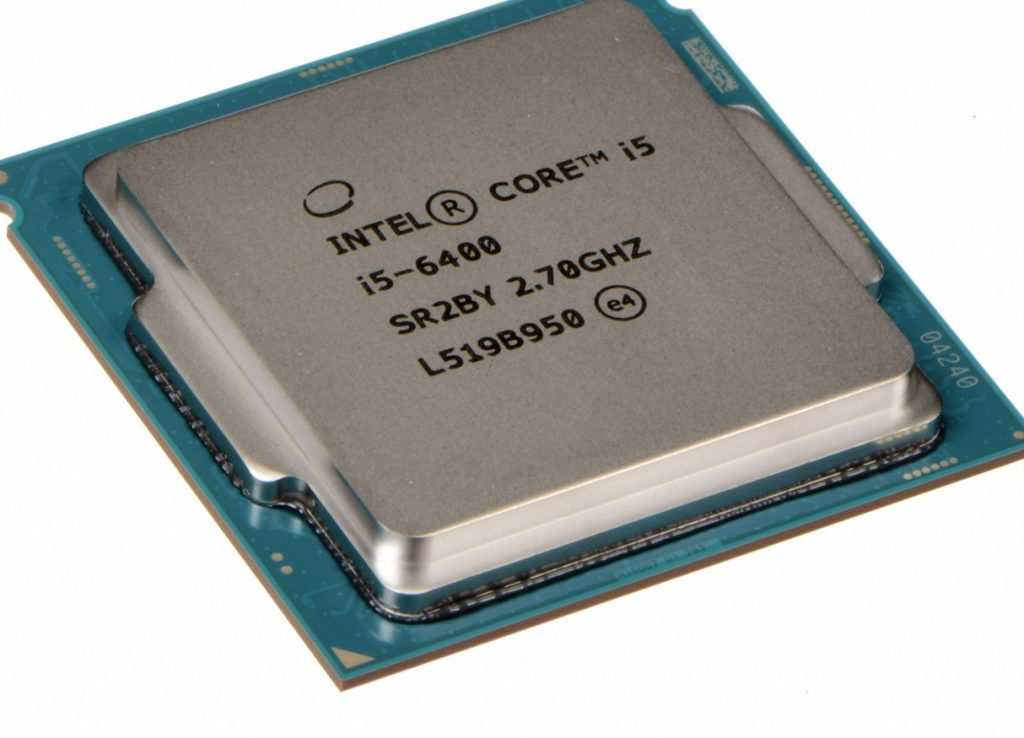
Part 4: Taking Action Based on Findings
Closing Unnecessary Applications:
The most straightforward approach to addressing high CPU usage is to close applications that are not actively in use. By doing so, this action can free up CPU resources, enabling them to be allocated more efficiently to essential tasks. This, in turn, can lead to an improvement in the overall performance of the system. It is important to pay attention to programs that consistently consume high amounts of CPU, even when they are minimized. In such cases, it may be beneficial to consider alternatives to these applications or to explore ways to optimize their resource usage. This can include modifications to the program settings or conducting research to identify and address any underlying issues that may be causing excessive CPU consumption. By taking these steps, users can effectively manage and optimize CPU usage to enhance the performance and responsiveness of their system.
Addressing Background Processes:
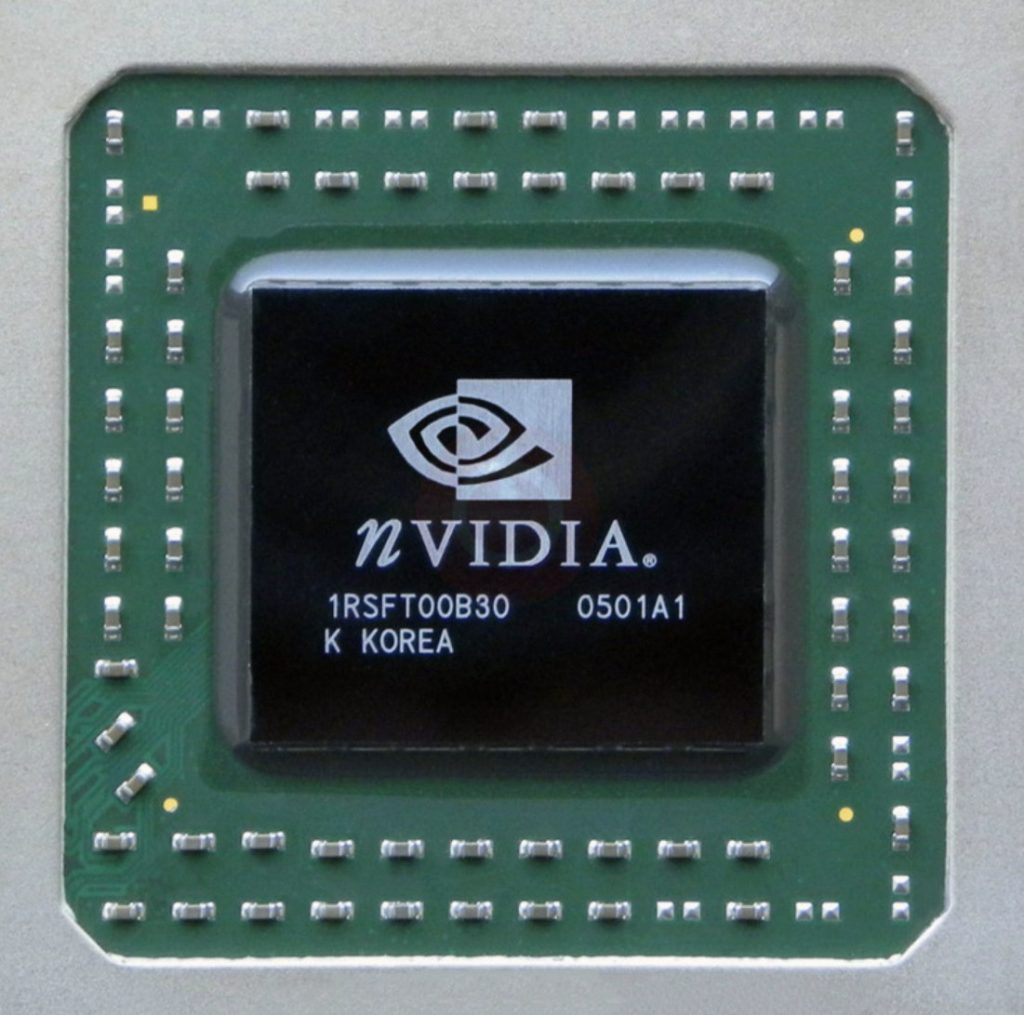
Certain background processes can silently hog CPU resources. Use Task Manager or Activity Monitor to identify and disable unnecessary startup programs. Additionally, consider system services that might be running in the background without your knowledge. Research unfamiliar services before disabling them to ensure they are not critical for system functionality.
By following these essential tips for monitoring CPU usage, you can gain valuable insights into your system’s performance. By understanding your baseline CPU usage, utilizing appropriate monitoring tools, and interpreting the data effectively, you can identify and address resource bottlenecks, ensuring a smooth and efficient computing experience.
